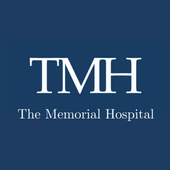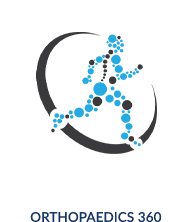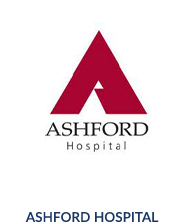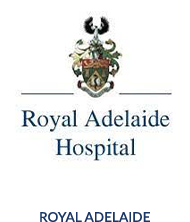What is shoulder instability?

Shoulder instability and dislocations occur most commonly from a traumatic event or injury, often in overhead and contact sports, such as AFL. Depending on the direction of force on the shoulder joint, the ball (humeral head) may dislocate from the socket (glenoid) in either a forward or backward direction. When this occurs, the strong ligaments and fibrocartilage around the shoulder joint are stretched and torn. There may also be associated injury to surrounding tendons, nerves and fracture of the bone. Once a shoulder has dislocated, it becomes more prone to occuring again and being unstable.
Read more about the treatment options for shoulder instability here.
The symptoms of shoulder instability include:
- Repeat dislocations of the shoulder joint, which may or may not require visits to the Emergency Department to put the shoulder ‘back in joint’.
- Ongoing sensations of the shoulder sliding in and out of the socket, even if it does not fully dislocate.
- Pain or ‘lack of confidence’ in the shoulder when putting your arm above your head.
- Inability to return to sport.
What’s involved in arthroscopic shoulder stabilisation surgery?
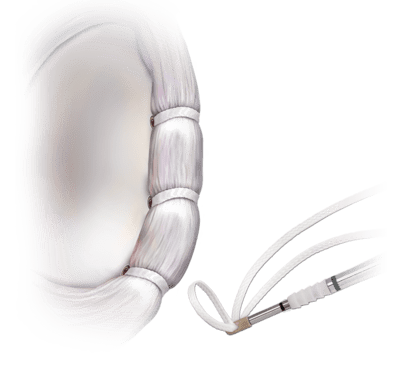
A repaired labrum using anchors
The surgery is performed under a general anaesthetic so you are asleep for the operation. Arthroscopic shoulder stabilisation surgery is a keyhole procedure performed via 3-4 small incisions around the shoulder. Through these keyhole incisions, an arthroscopic camera and instruments are used to access the shoulder joint and perform the operation.
The damage to the shoulder joint structures is evaluated. A dislocated shoulder often leads to damage to the labrum (which is a fibrocartilage ring surrounding the socket of the shoulder), the bone of the shoulder socket (glenoid), the bone of the shoulder ball (humeral head), and the ligaments of the shoulder joint. The torn labrum (called a ‘Bankart lesion’) is reattached to the shoulder socket using several bone anchors. These anchors are made of surgical plastic and are buried into the bone. The stretched ligaments and capsule of the shoulder joint are tightened using these same anchors. In some instances, surgery may be performed to the damaged humeral head in a procedure called ‘Remplissage’. This involves placing anchors into the damaged segment of bone in the humerus, and cinching the rotator cuff tendon and shoulder capsule into the damaged area of bone.
Risks
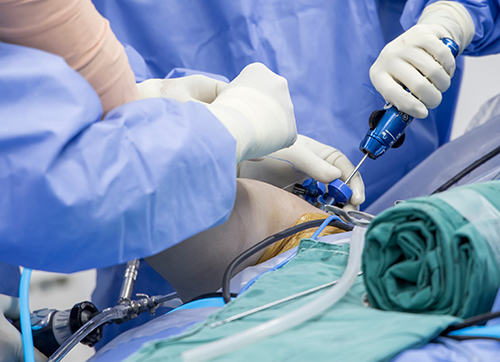
As with any surgical procedure, there is a small risk of:
-
- Infection
- Wound healing problems. Very unlikely with keyhole incisions.
- Cardiovascular risks – stroke, heart attack, blood clots
- Bleeding
- Swelling of the operated limb – generally subsides within weeks to months.
- Pain – Discomfort is expected after an operation, however pain medications are used in a routine manner to relieve this post-operative discomfort.
Specific risks of arthroscopic shoulder stabilisation surgery:
-
- Damage to nerves around the shoulder
- Stiffness or ‘frozen shoulder’
- Recurrent instability
What happens after the surgery?
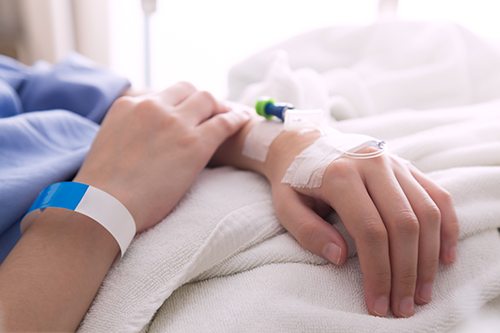
Postoperative instructions and follow up
Immediate post-op
After your operation you will be taken to the recovery room of the hospital, and allowed to have something to drink. When the team is happy the anaesthetic has worn off, you will be transferred to the day surgery area or to your inpatient room depending on whether you will be staying overnight. A sling / shoulder immobiliser would have been placed on your arm in the operating room, and should keep your arm comfortable and safe. If a nerve block has been performed by our anaesthetist, then your arm should feel comfortable but numb for up to 24-36 hours after the operation. When pins-and-needles are felt in the hand and arm then the block is starting to wear off, and your nursing staff will commence pain medication to keep you comfortable.
Discharge from hospital
On discharge from hospital you will be given:
- Physiotherapy – instructions on exercises that should commence for the shoulder, elbow and wrist.
- Sling – instructions on the use of your sling, including whether it is allowed to be removed.
- Dressings – please keep dressings dry and do not remove them.
- Follow up appointment time
Follow up
A follow up appointment will have been made for you after the operation. This will typically be an appointment around the 2-3 weeks after the surgery. If you have any concerns before this appointment, call Dr Yu’s clinic on (08) 7099 0188 to speak with us.
My goals as a surgeon are to relieve your pain, restore your function, and return you back to doing what you love.
– Dr Raymond Yu
- Adelaide Orthopaedic Surgeon
- Adelaide Shoulder Surgeon
About
Dr Raymond Yu
Dr Raymond Yu is an Adelaide Orthopaedic Surgeon with post-Fellowship expertise in Shoulder and Elbow Surgery.
He specialises in orthopaedic surgery of the Shoulder and Upper Limb with a focus on modern keyhole and minimally-invasive techniques.
Dr Yu has a special passion for:
- Rotator cuff repair surgery
- Shoulder replacement surgery
- Shoulder stabilisation surgery
Dr Yu practices at
